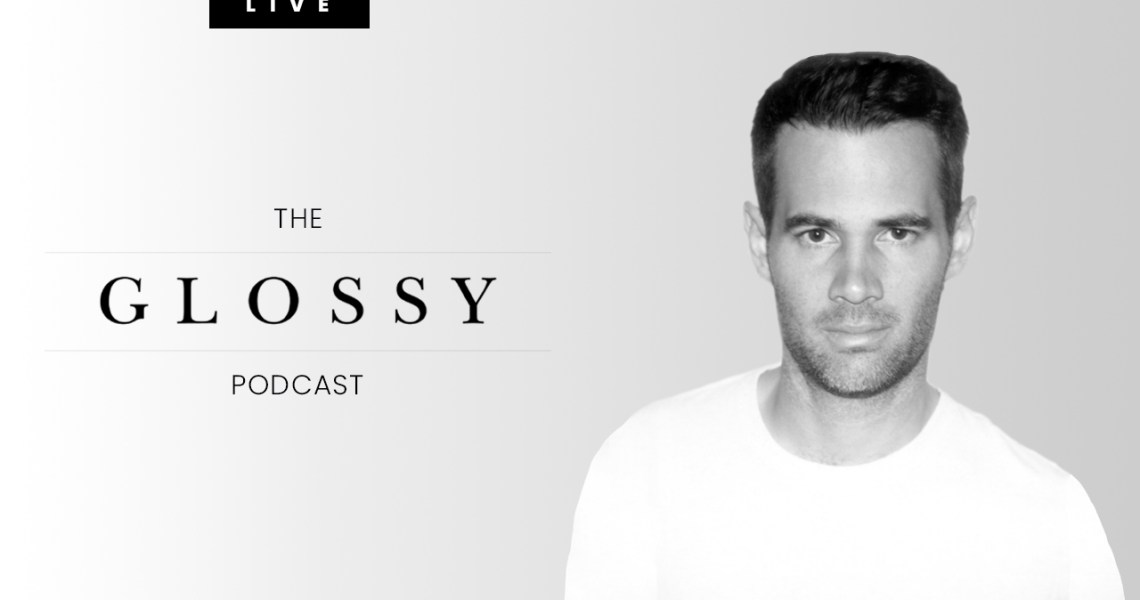Subscribe: Apple Podcasts | Stitcher | Google Play | Spotify
Jens Grede’s denim-first fashion line, Frame, was growing fast until the pandemic hit. The company has 10 stores and had planned to double that number in 2020.
Instead, the company is looking to 2021. “I’m still very confident about our store strategy right now,” Grede said on the Glossy Podcast.
Whenever doors do open again, Grede said they’ll have a lower customer capacity, masks for visitors and employees, and an emphasis on keeping things clean. “Safety for our employees and our customers is and has to be everyone’s top priority right now. Long term? We don’t know anything about the long term,” Grede said.
Still, he has faith in the brick-and-mortar model, even as Frame’s e-commerce sales are up “close to 300%” over the last few months, thanks in part to a 25% off sale. “It’s really replaced [the sales of] all of our physical stores, and a little bit more than that.” Making up for the revenue from wholesale is a bridge too far, however.
And if Grede could go back in time in anticipation of the pandemic, he would have geared the company toward direct-to-consumer sales earlier. “And I’m not talking about 2019, I’m talking about 2017 or ’16,” Grede said. “Times were very good in wholesale. Too good, in fact.”
In general, Grede thinks the fashion industry should react to the pandemic with an idea also reflected in politics: bringing manufacturing back to the U.S. “Fashion brands have to carry less inventory. For that to be possible, we have to be able to turn inventory faster than we’ve done in the past. For that to be possible, we have to bring back manufacturing to the United States. That is the long and the short of it,” Grede said.
Ad position: web_incontent_pos1
Here are a few highlights from the conversation, which have been lightly edited for clarity.
Imitation is flattery, but make it difficult
“What I look at going into [a new company] is, ‘What is your product idea that sets you apart?’ With Skims, Kim [Kardashian West] and I spent probably over two years developing fabrications that were simply not available anywhere else in the market. And it took a very long time to develop those fabrications and even longer to get them to the price where they’re affordable to everyone. When Skims launched — of course it’s her celebrity, it looks really cool, I love everything about it. But at the heart of it is a product that is not easy to replicate, which is the same if you look at a great company like Lululemon. At the heart of Lululemon is a set of fabrics that are not easily replicable.”
“We have to bring back manufacturing to the United States”
“The other thing I would have liked to have done differently is carried less inventory. A lot of brands produce too much inventory. And we carry inventory because we don’t want to lose out on the sale. You don’t exactly know what the customer will be excited about. So we have to carry more inventory so we don’t lose the customer who’s wiling to buy. I think on the other side of this crisis, fashion brands have to carry less inventory. For that to be possible, we have to be able to turn inventory faster than we’ve done in the past. For that to be possible, we have to bring back manufacturing to the United States. That is the long and the short of it. Currently we’re lacking the manufacturing capacity to make ready-to-wear in the United States. If we’re going to reduce inventory, speed up our turn, deliver better fashion, protect jobs, we have to bring back manufacturing to the United States.”
Department stores fail if they feel like warehouses
“I really feel that many department stores lost their way. They became overly promotional — too much merchandise, not enough experience, hard to navigate. Our attention spans got so short in this era of social media that plowing through racks and racks in big expansive department store floors felt antiquated. But I love what Nordstrom did in Midtown Manhattan. I think that is an unbelievable store, an unbelievable experience. And I would say the same thing about Selfridges in London or Harrods, Lane Crawford in Hong Kong or Isetan in Tokyo. Great stores that offer a great experience? I think they’re here to stay.”
Ad position: web_incontent_pos2
How hosting shoppers will have to change
“We’re going to make sure customers feel comfortable going shopping. Phase one is to step up cleaning. We’re going to have, let’s say, 25% capacity in the stores, making sure that if a customer comes and tries on clothes or touches any common surfaces, that they’re handled between every fitting, that associates wear protectives masks and that masks are given to anyone who comes into our stores. It’s about making this interim period feel more secure. Safety for our employees and our customers is and has to be everyone’s top priority right now. Long term? We don’t know anything about the long term.”




